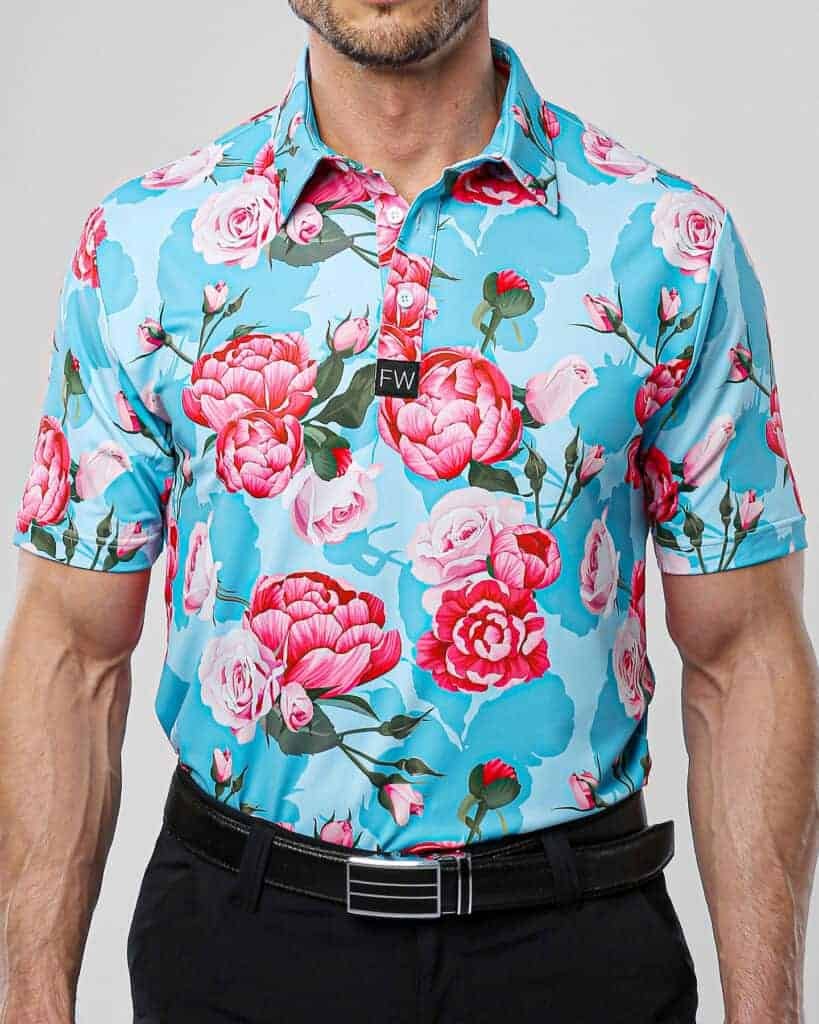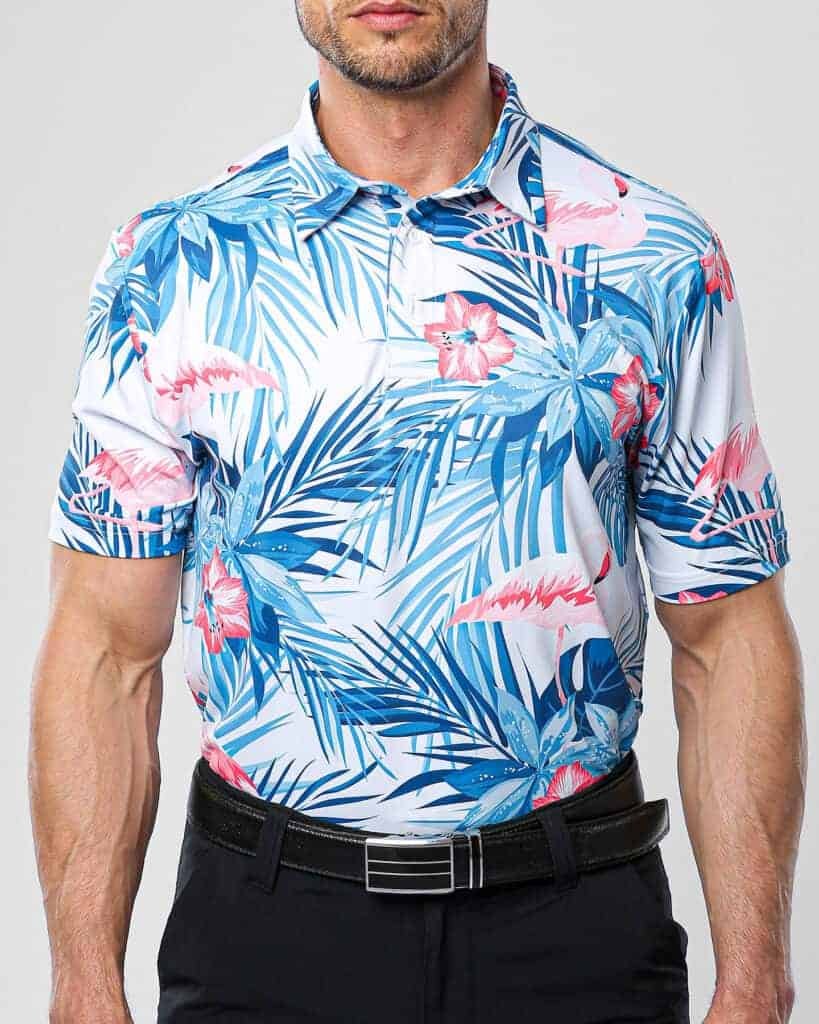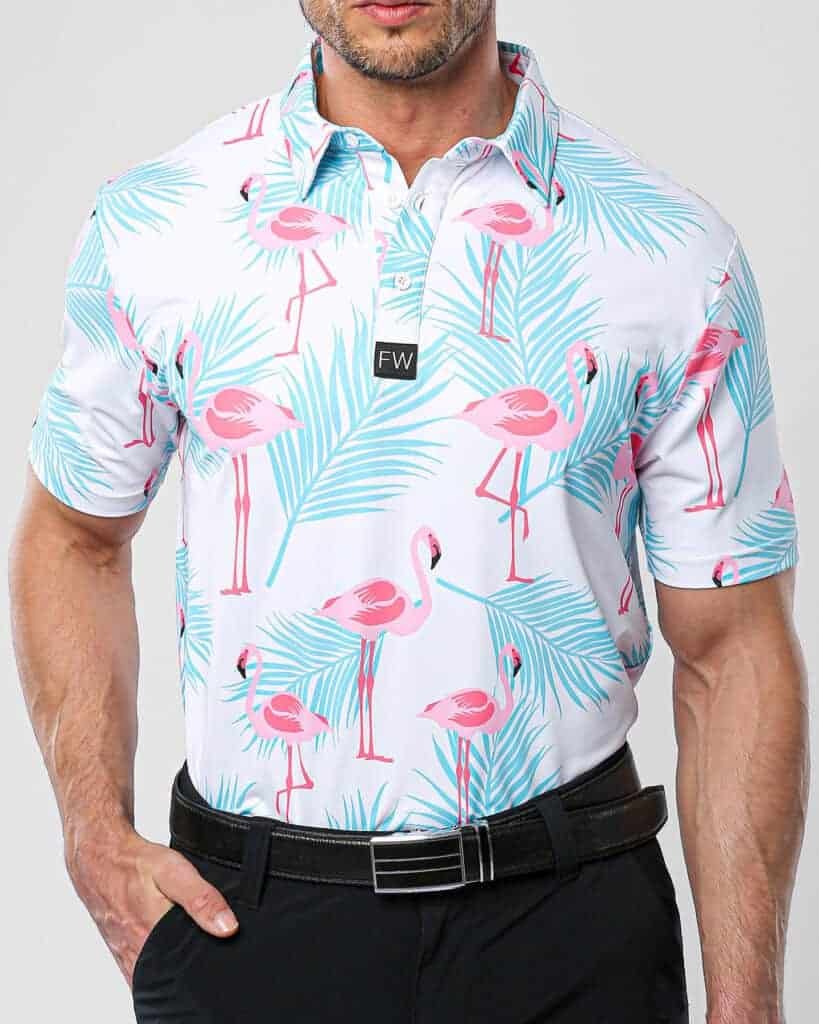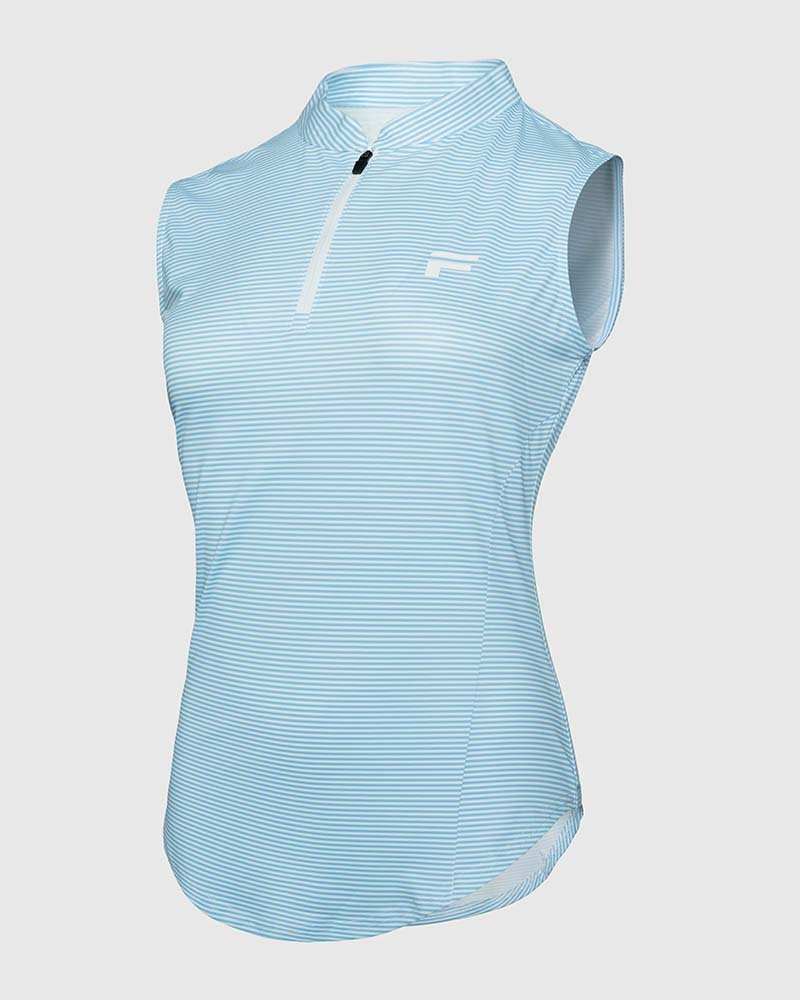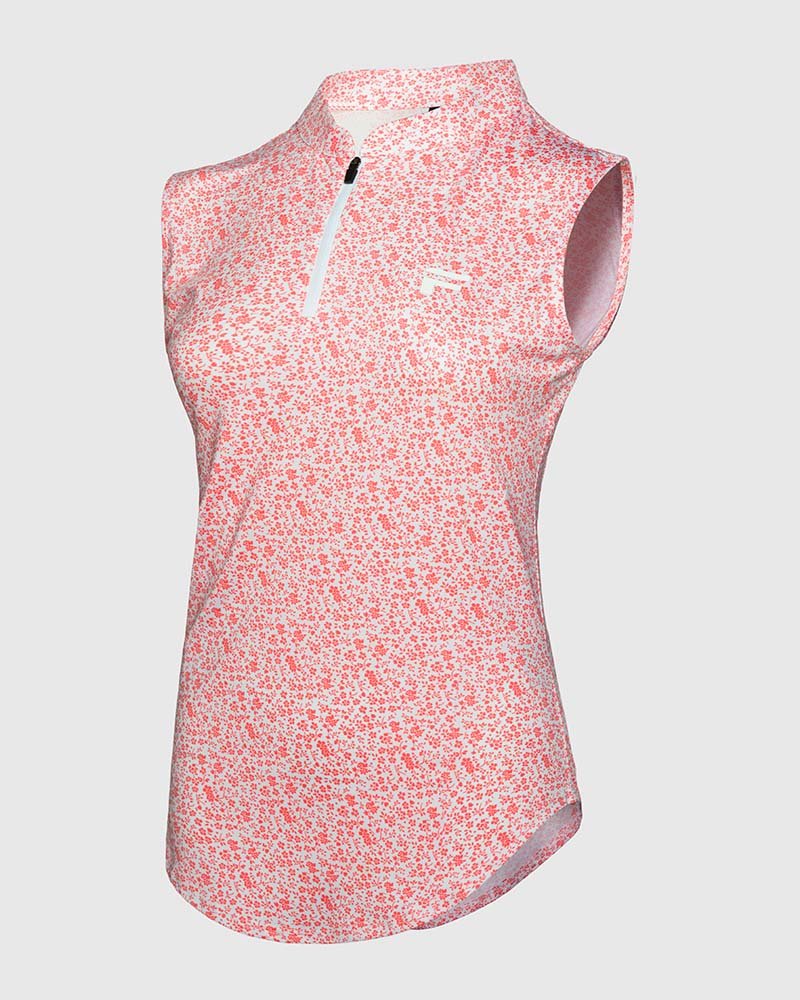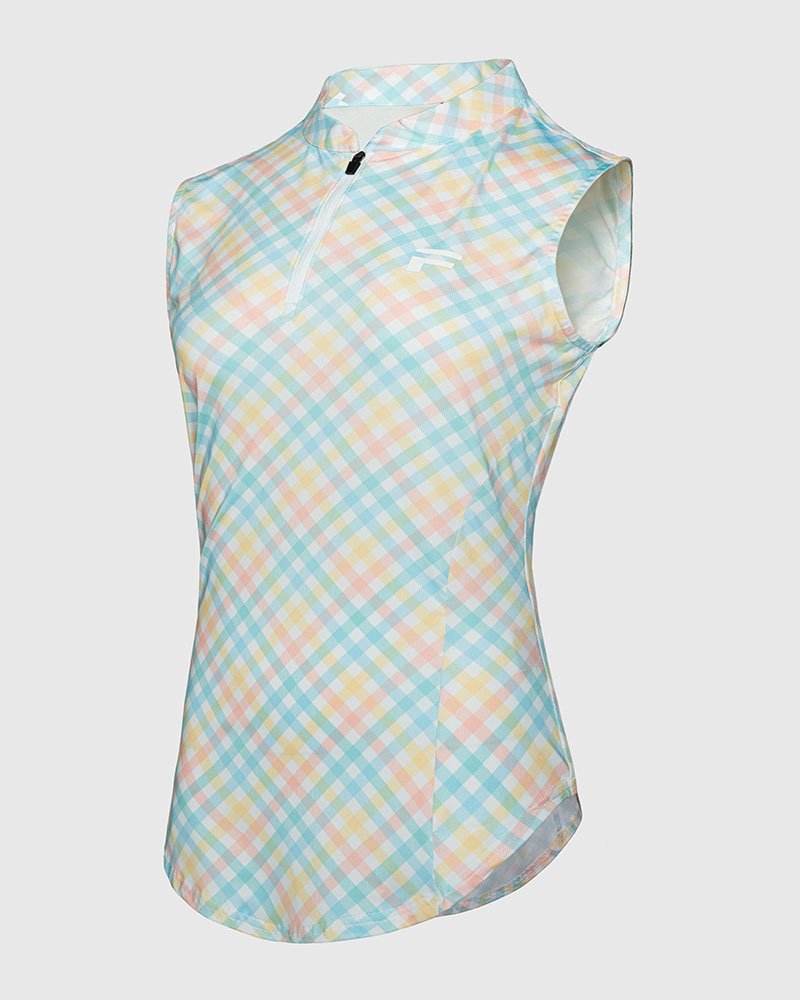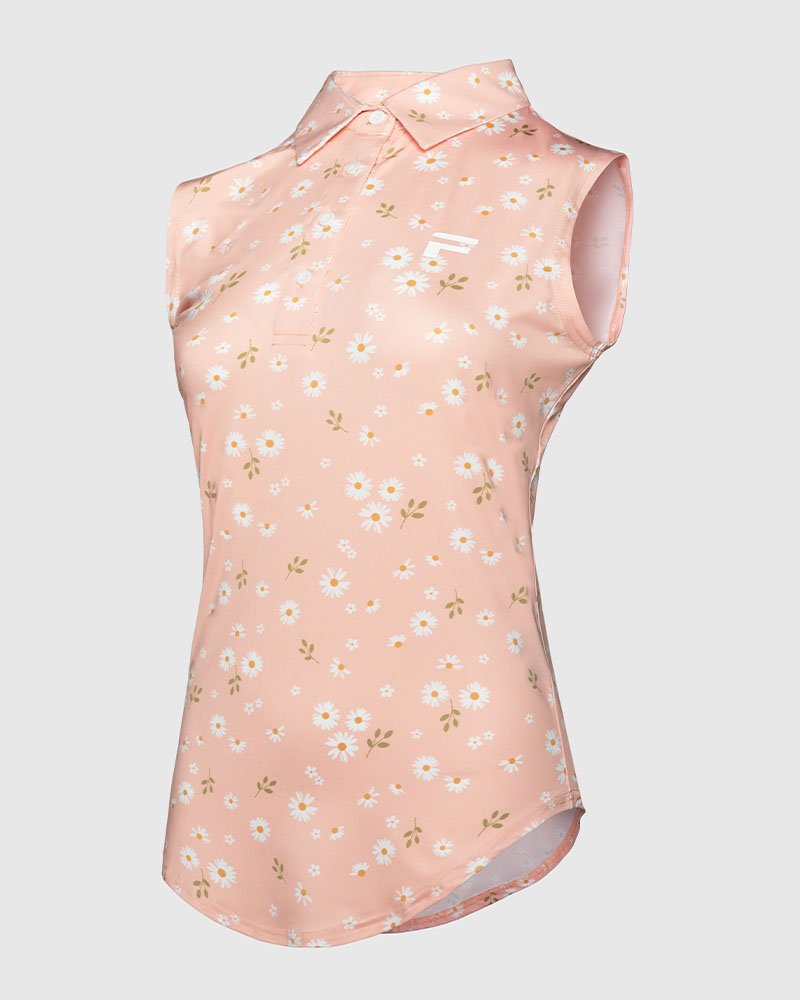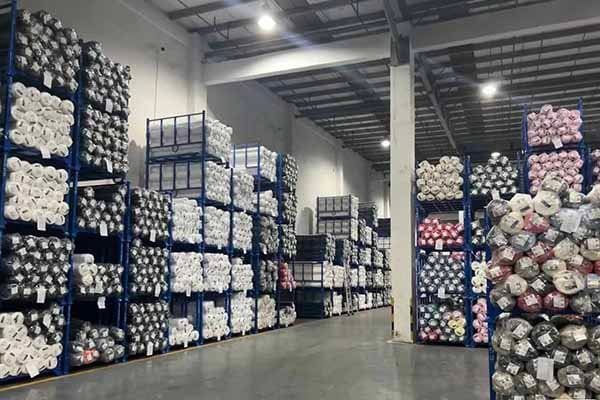
Sourcing materials for golf apparel is a critical step in designing high-quality products that meet both functional and aesthetic demands. In today’s competitive market, global sourcing offers a wealth of options, but it also comes with its own set of challenges. Drawing from my 12 years of experience in the golf apparel industry, I’ve identified several best practices to help businesses effectively source materials while maintaining quality, cost-efficiency, and sustainability.
Understanding the Performance Requirements of Golf Apparel

Golf apparel must meet specific performance criteria. It needs to be breathable, moisture-wicking, flexible, durable, and, above all, comfortable for the wearer. Materials must also provide UV protection, resist fading from sun exposure, and be lightweight without sacrificing durability. As you source globally, it’s essential to partner with suppliers who understand these requirements and can offer advanced textile technologies, such as moisture-wicking fibers, stretch fabrics, and antimicrobial treatments.
Industry Insight:
In my experience, there’s a growing demand for hybrid fabrics that combine natural and synthetic fibers. This offers a perfect balance between breathability and performance, while also addressing the increasing consumer interest in sustainability. Materials like bamboo blends, Tencel, and recycled polyester are becoming more popular for eco-conscious golfers.
Choosing the Right Suppliers and Manufacturers
Choosing reliable and experienced suppliers is paramount to ensuring high-quality products. When sourcing materials, it's important to consider suppliers who can demonstrate:
- Certifications: Ensure they follow international standards, such as ISO certifications for quality and environmental practices.
- Technological Capabilities: Suppliers should have access to cutting-edge textile technologies that enable you to stay ahead in performance fabrics.
- Track Record: Look for suppliers with experience in the athletic apparel sector, as their knowledge of performance fabrics will align better with the unique needs of golf apparel.
Industry Insight:
Over the years, I've found that regional suppliers with local knowledge can be invaluable. For example, sourcing from Southeast Asia or Europe can provide access to specialized textiles designed for high-performance athletic wear, while certain regions in Africa or South America might offer more sustainable fabric options at competitive prices.
Cost vs. Quality: Striking the Balance

Cost-efficiency is often a key driving factor in global sourcing. However, it's important to balance cost with the quality of the materials. Low-cost materials may seem attractive at first, but they can negatively impact the overall performance and longevity of the apparel.
A good practice is to negotiate with suppliers to secure competitive prices on high-quality materials, especially if you're committing to large order volumes. Long-term partnerships often come with better pricing terms and more favorable delivery schedules.
Industry Insight:
Based on my experience, it's often beneficial to source premium materials from high-end textile suppliers in regions such as Italy for their superior quality, while combining that with lower-cost production in Asia for labor efficiency. The synergy of these two regions can result in a superior final product without breaking the budget.
Supply Chain Transparency and Sustainability
In recent years, there has been a significant push toward sustainability in the fashion and apparel industry. Golf apparel manufacturers are no exception. As you source materials, look for suppliers who are committed to ethical production practices, transparency in the supply chain, and the use of eco-friendly materials like organic cotton or recycled polyester.
- Sustainable Materials: Prioritize suppliers offering fabrics made from sustainable resources, such as recycled PET bottles or organic cotton.
- Certifications: Look for certifications like GOTS (Global Organic Textile Standard) or OEKO-TEX® Standard 100 to ensure materials are environmentally and socially responsible.
Industry Insight:
Sustainability is no longer just a trend; it’s becoming a necessity. More consumers are looking for brands that align with their values, particularly around sustainability. By sourcing responsibly and ensuring your materials meet these standards, you not only appeal to environmentally conscious consumers but also future-proof your business as regulations around sustainability in fashion tighten.
Prototyping and Testing

Before finalizing your material choices, it's crucial to develop prototypes and perform rigorous testing. Golf apparel undergoes a variety of conditions—hot days on the course, sudden rain showers, and long periods of wear. The materials you source should be tested for:
- Durability: Can the fabric withstand the repetitive motion of golf swings without losing its integrity?
- Breathability and Moisture-Wicking: Does it keep the golfer comfortable throughout the round, even in hot weather?
- UV Protection: Will it protect against harmful UV rays?
- Color Retention: Does it hold its color after repeated exposure to sun, moisture, and washing?
Prototyping helps identify potential flaws early and ensures that your golf apparel performs to the highest standards.
Industry Insight:
From my experience, testing materials in real-world conditions is essential. Golf apparel can look great in controlled lab tests but may fail when subjected to the rigors of actual gameplay. It’s worth investing time and effort into this phase to ensure the final product’s success in the market.
Shipping and Lead Time Management
One of the challenges of global sourcing is managing lead times. The longer the distance between supplier and manufacturer, the more complex logistics can become. Effective communication and planning are key to managing shipping times and ensuring that you receive your materials on time, without delays.
- Order in Advance: Plan your material sourcing well in advance to accommodate longer lead times.
- Logistics Partners: Work with trusted logistics partners who can handle international shipments efficiently.
- Air vs. Sea Freight: For urgent orders, air freight may be necessary, but for larger shipments, sea freight can be more cost-effective.
Industry Insight:
In my career, I’ve found that having a local logistics team or at least a regional contact in major sourcing hubs like China, Vietnam, or India can significantly improve shipping efficiency and reduce unexpected delays.
Building Strong Relationships with Your Suppliers
One of the most effective ways to ensure continued quality and consistency is by building strong relationships with your suppliers. This goes beyond just placing an order and paying the invoice—it involves fostering trust, open communication, and collaboration. When suppliers view you as a long-term partner, they’re more likely to prioritize your orders and provide you with better terms.
Industry Insight:
I’ve seen firsthand how beneficial this approach can be. Suppliers are more inclined to offer discounts, better quality control, and even early access to new materials if they view you as a trusted partner. Regular visits, transparent communication, and even joint R&D efforts can help solidify this relationship.
Conclusion
Sourcing golf apparel materials globally is a complex yet rewarding endeavor. By following these best practices—understanding performance needs, selecting the right suppliers, balancing cost and quality, prioritizing sustainability, and managing lead times—you can ensure that you not only produce high-quality products but also stay competitive in the evolving golf apparel market.
In my experience, the key to success lies in combining strategic sourcing with a deep understanding of both the consumer’s needs and the capabilities of your supply chain. Whether you’re a new brand or an established name in the industry, investing in global sourcing the right way can significantly elevate your product offering and enhance your brand's reputation.



